
Understanding Coral Reef Biodiversity
Most new PhDs in the natural sciences move on to a job called a postdoc. During mine, a team of international colleagues and I censused coral reef organisms in the most biodiverse place in the world, and studied how humans are reshaping the rules that determine where each critter can and can’t live.
The coral reefs of the Indo-Pacific were our theater for asking these questions. We worked across three islands of Indonesia as well as the Line Islands, American Samoa, Papua New Guinea, and The Philippines. I moved beyond my focus on corals as a PhD student to achieve our goal of studying every living thing on the reef. Now I would learn to see the reef for what it is, a living mosaic of species on species within species between species. Scientists have a poor understanding of how many species actually live on a coral reef. We think there are millions of animals and tens of millions of bacteria and viruses. These number are staggering and they’re almost certainly underestimates.
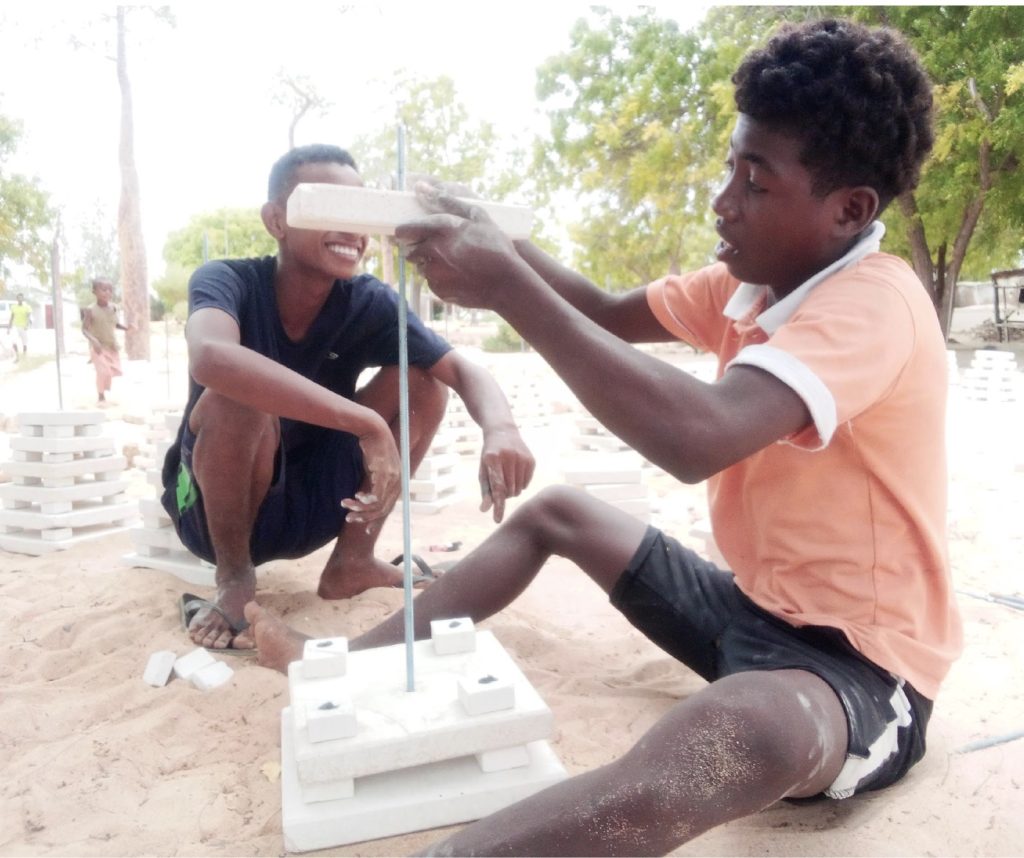
The Challenge of Studying Coral Reef Biodiversity
Some of the most challenging critters to count are those living within the reef in cracks and crevices and mini holes and caves. They go unseen and are overlooked, but they do a lot. They filter water, they eat pathogenic bacteria, they consume dead material so it doesn’t rot, they eat algae that would otherwise overgrow corals. They are crabs and shrimp and amphipods and hundreds of other critters most people have never heard of. And there’s even smaller stuff like single-celled protists, beneficial bacteria, and viruses called phage, the smallest of all, which prey upon bacteria. Together, these organisms make up the unseen life stream of the coral reef, and we wanted to see this life.
One way to find these critters is to cut out a chunk of the reef, haul it out of the ocean, and sift through it. But there are problems with this approach. Most obviously, it hurts the reef to chop it up. Even if we can get past that moral dilemma, it’s not great science. We don’t know how long that chunk of the reef has been there, timing that determines the number of species living in it.
What’s more, the number of species living in a given chunk of reef doesn’t just increase over time, so it’s nearly impossible to compare one chunk of reef to another chunk of reef in a different place and feel confident that you’re comparing apples to apples. Thankfully, colleagues had created a solution: put out a chunk of clean new reef in a bunch of places at the same time.
What Are ARMS Monitoring Structures?
Autonomous Reef Monitoring Structures or ARMS are simple structures. They are roughly a foot-square and made from thin plates of PVC stacked on top of each other with one-inch gaps in between each plate. Together they make a cube. The idea is to put ARMS out on reefs in a bunch of different locations and let critters attach and grow, taking advantage of larval dispersal and attachment—something nearly all species do—and the fact that everything in the ocean fouls. The gaps between the plates mimic the nooks and crannies of the reef, providing a home for the critters that are hard to find deep in the reef.
ARMS allowed us to compare apples to apples. We could put them on reefs at a bunch of different locations at the same time, then pick them up at the same time, making the sampling period the same for all locations. ARMS also provided the same amount of space for larvae to land on—apples to apples again. We strategically placed ARMS on reefs throughout the Indo-Pacific to cover the Coral Triangle, an area thought to have the most species in the ocean and perhaps the planet.
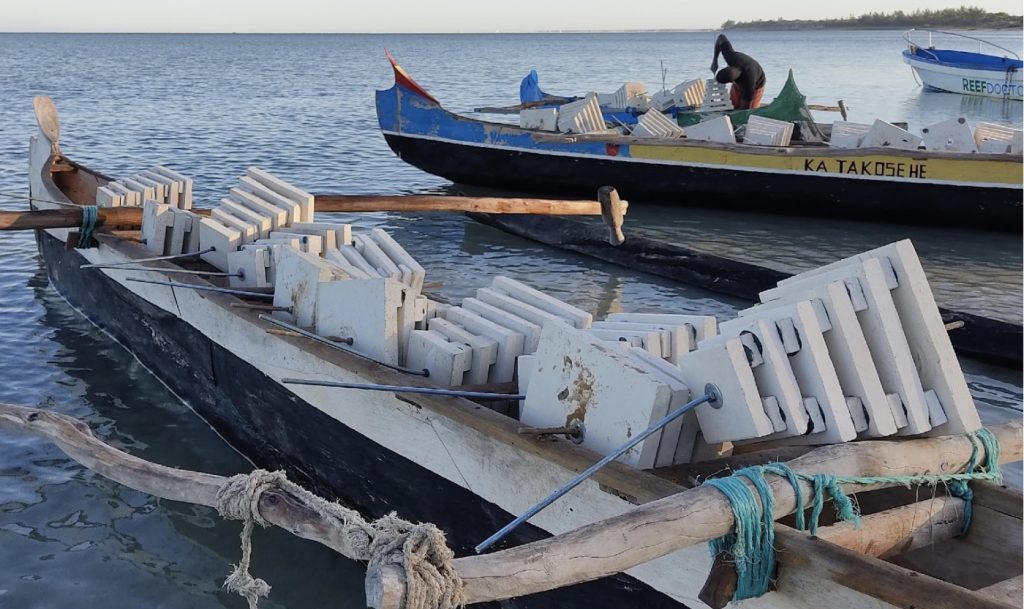
Key Discoveries from ARMS Studies
Colleagues used DNA to identify the number of species we collected and they found something exciting and illuminating. Across fewer than one hundred ARMS, there were representatives from eighty percent of the known species groups found on coral reefs globally. This finding is hard to fathom. ARMS are small and only collect things that live fixed to the seafloor or crawl around, they catch very few things that swim. This finding of eighty percent tells us that much of what lives on a reef indeed live close to the reef and that they are quite small.
Perhaps more staggering, we found over twenty phyla represented on the ARMS. Phyla are just one step below Kingdom, the broadest grouping of organisms. Humans are in the phylum Cordata and its species range from something called sea squirts to fishes to gorillas—demonstrating that each phylum is incredibly diverse—and from phylum we winnow down to class, order, family, genus, species.
There are eleven phyla of organisms found across all the lands of the world, known as the terrestrial biome. There are thirty-three phyla found in the ocean. With the twenty phlya we found on our foot-squared ARMS, we had collected more diversity across the Tree of Life than you could find in a lifetime of walking the Earth.


The Significance of ARMS in Coral Reef Research
The findings from ARMS research in the Indo-Pacific offer a glimpse into the vast and often unseen diversity of coral reefs. By identifying biodiversity hotspots and monitoring changes over time, ARMS can help scientists and policymakers protect these fragile ecosystems in the face of climate change and human impact.
The data also underscores the importance of small, cryptic species in maintaining reef health. From filtering water to controlling algal growth, these organisms are integral to the ecosystem’s resilience and productivity.

FAQs About Coral Reef Biodiversity Research
1. What makes the Coral Triangle so biodiverse?
The Coral Triangle boasts unique oceanographic conditions, including warm waters, nutrient flow, and geological history, fostering incredible biodiversity.
2. How do ARMS structures minimize environmental impact?
Autonomous Reef Monitoring Structures (ARMS) are non-invasive and mimic reef structures, avoiding the need to damage natural coral reefs for research.
3. Why is coral reef biodiversity important?
Coral reef biodiversity supports ecosystem services like fisheries, tourism, and coastal protection, making it essential for environmental and human health.
4. How do ARMS help identify new species?
By collecting and analyzing DNA from ARMS, scientists can discover cryptic and previously unknown species.
5. What threats do coral reefs face today?
Coral reefs are threatened by climate change, overfishing, pollution, and habitat destruction. ARMS help monitor and mitigate these impacts.
6. How can individuals help protect coral reefs?
Support sustainable seafood practices, reduce carbon emissions, donate to coral research, and volunteer in conservation programs.

Dive Deeper

Build a Coral Reef for the Holidays | PIMS x Partanna
PIMS is partnering with Partanna to build a 100m² carbon-negative reef. Rick Fox is matching donations up to $25k. Help us build a sanctuary for the future.

“Seafood Nation” Documentary Premiere Explores the Heart of Bahamian Culture and the Future of Fisheries
NASSAU, The Bahamas | December 5, 2025 – From the bustling stalls of Potter’s Cay to family kitchen tables across the archipelago, seafood is far more than just sustenance in

PIMS and Disney Conservation Fund Partner to Train 19 Government Divers
PIMS dive training in Nassau strengthened national coral restoration capacity across government agencies. Bahamas Dive Training Builds National Coral Restoration Capacity Last fall, between the months of September and October,
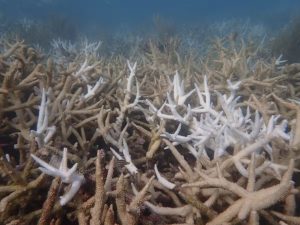
Florida’s Coral Reef Crossed a Line: What Functional Extinction Really Means for Elkhorn and Staghorn Corals
Reefs didn’t just bleach. They functionally vanished in one summer. A new Science study co-authored by researchers from the Perry Institute for Marine Science (PIMS) has found that Florida’s two
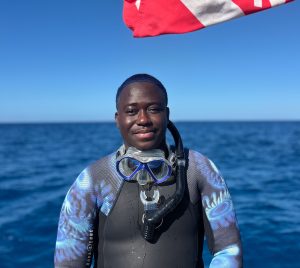
Q&A: Understanding the IDC Course at PIMS with Duran Mitchell
A former aquarist turned coral conservationist, Duran is passionate about understanding how all marine life connects. PIMS & IDC: Empowering New Dive Instructors for Marine Conservation PIMS & IDC: Empowering
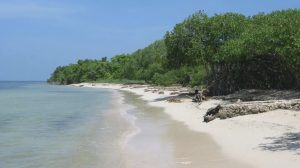
Forbes Shines a Spotlight on Coral Reef Restoration in the Caribbean
When Forbes highlights coral reef restoration, it signals something powerful: the world is paying attention to the urgent fight to protect reefs. And solutions are within reach. Recently, Forbes featured Dr. Valeria



